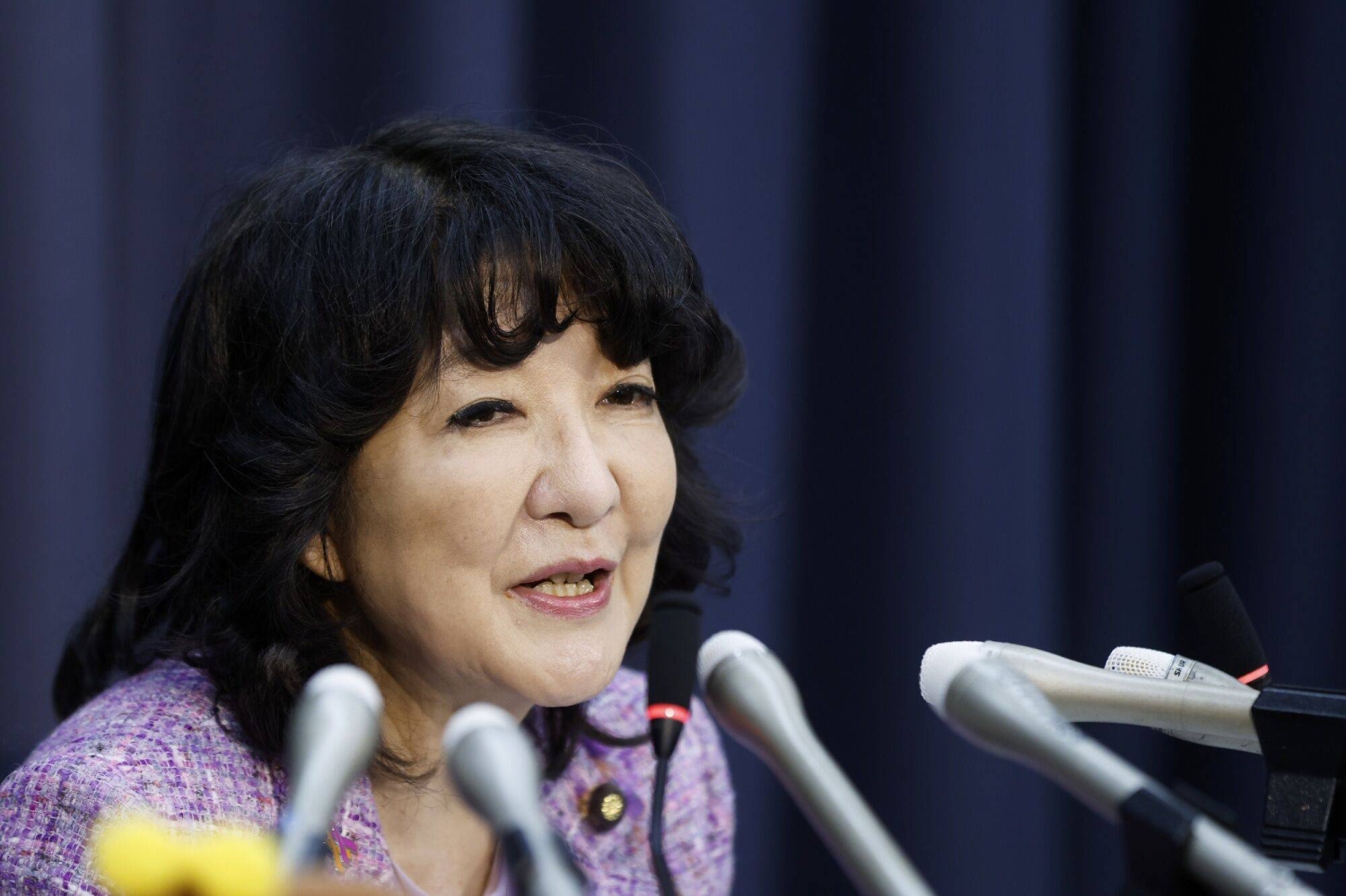Japan Faces First GDP Decline Six Quarters
Japan’s Q3 GDP contracts 0.6% q/q as US tariffs pressure exports, impacting 10-year JGBs and the JP:N225, highlighting external dependency and policy challenges in sustaining domestic growth momentum.

Japan’s third-quarter 2025 economic data presents a significant and mounting challenge for institutional investors monitoring the resilience of advanced Asian economies under the heavy weight of global trade tensions and external demand shocks. A Reuters poll suggests Japan’s GDP contracted by 0.6 percent quarter-on-quarter in non-annualized terms, marking the first quarterly decline in six quarters. This contraction is directly attributable to a combination of declining exports resulting from persistent U.S. tariffs, weaker shipments of key machinery and autos, and diminishing activity in both inventory and housing investments.
The exposure is acute: exports to the United States, which constitute roughly 18 percent of Japan’s total shipments, fell by an estimated 6.5 percent year-on-year, while overall machinery exports declined by nearly 4 percent in the same period. Domestically, consumption grew only 0.2 percent quarter-on-quarter, a figure that reflects deeply subdued household confidence amid stagnant real wage growth and the elevated cost of energy inputs.
Mechanistically, the contraction reflects a dangerous dual exposure that leaves the economy uniquely vulnerable. On one hand, Japan’s deep integration in global supply chains makes it exquisitely sensitive to tariff-induced distortions and external policy changes. On the other hand, its domestic economy currently lacks the necessary acceleration in private investment and consumption to create a sufficient buffer and offset these recurring external shocks. Inventory accumulation, which had contributed positively to GDP growth in previous quarters, abruptly reversed as manufacturers significantly reduced production in anticipation of lower global demand, subtracting approximately 0.2 percentage point from the headline GDP growth figure.
Housing investment, typically a stabilizing component in the nation’s low-interest environment, declined by 1.5 percent quarter-on-quarter, reflecting both severe demographic headwinds and cautious sentiment among property developers. The result is a macroeconomic profile in which external shocks propagate rapidly and effectively to domestic output, making the effective deployment of fiscal policy instruments an increasingly urgent matter of national stability.
The sectoral impact is heavily concentrated among the automotive, electronics, and machinery industries, which collectively represent more than 40 percent of Japan’s total export value. Automotive firms, particularly those navigating the complex transition toward electric vehicles (EVs), face immediate margin compression due to the confluence of elevated input costs and the declining export volumes caused by protectionism. Electronics exports, while somewhat less impacted by direct tariffs than auto parts, confront broadly softer demand from key global markets, particularly Europe and emerging economies.
While the broader services sector exhibits resilience, its size and nature mean it cannot fully absorb the substantial output loss stemming from the manufacturing heartland. Regional equity indices, notably the Nikkei 225 (JP:N225) and the Topix (JP:TPX), clearly reflected this stress, declining by 5 percent over the reporting quarter. Furthermore, the yen depreciated by 1.2 percent against the U.S. dollar, an inevitable currency movement necessary to maintain a minimum level of export competitiveness.
Market reactions also indicate a heightened sensitivity to any policy signals from the Bank of Japan (BoJ). The central bank’s current neutral monetary stance, paired with the government’s cautious and tentative fiscal measures, has been insufficient to fully reassure institutional investors regarding the medium-term growth outlook. Japanese sovereign bonds (JGBs) exhibited modest yield upticks, with the 10-year JGB rising 12 basis points to 0.68 percent, reflecting rising domestic inflationary expectations and the risk of eventual fiscal recalibration.
Credit spreads on corporate bonds widened marginally, with the increase being most pronounced in export-reliant sectors, signaling a necessary precautionary repricing of credit risk. FX markets displayed reactive flows: the yen’s depreciation certainly cushioned exporters but simultaneously heightened the hedging costs for corporates reliant on imported inputs, thereby adding a layer of complexity to institutional risk models.
Looking ahead, forward risks are quantifiable and substantial. If U.S.-Japan trade tensions persist or escalate further, exports could contract an additional 3 to 4 percent year-on-year in the fourth quarter of 2025, which would potentially shave 0.4 percentage point from the expected GDP growth. Domestic consumption could remain structurally constrained if real wage growth fails to exceed 1 percent over the next two quarters, significantly limiting the BoJ’s policy leeway. While new fiscal stimulus, particularly if targeted at infrastructure and EV transitions, may partially offset the external drag, it critically introduces further debt sustainability considerations given Japan’s already-high debt-to-GDP ratio near 260 percent.
Monitoring leading indicators such as machinery orders, core machinery shipments, and manufacturing Purchasing Managers' Indices (PMIs), alongside currency-adjusted export data, will be essential. A sustained improvement in these indicators by mid-2026 could support a gradual GDP rebound toward 0.5 to 1 percent quarter-on-quarter growth, assuming no further tariff escalations and stable global demand.





